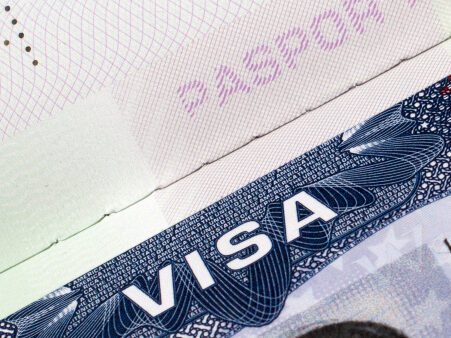
The Trump administration is one step closer to unveiling a major change in how H-1B visas are allocated. On August 8, the White House’s Office of Information and Regulatory Affairs (OIRA) signed off on a proposed rule that could significantly reshape the selection process for specialty occupation workers.
While the U.S. Citizenship and Immigration Services (USCIS) has not released details yet, it is expected that the proposal will revive an original Trump 1.0 era idea: replacing the current random lottery with a system that favors higher-wage offers. Under that earlier plan, applications would have been ranked by salary level, with the highest wage tiers getting priority until the annual cap of 85,000 visas is met.
The Trump administration framed the wage-based approach as a way to attract and retain highly skilled talent. Critics, including many businesses and immigration advocates, warned that it would shrink the pool of eligible candidates, disproportionately affecting smaller employers and early-career professionals. Legal challenges and policy reversals ultimately kept the rule from taking effect.
If the new rule mirrors its predecessor, it could mark a significant shift in the landscape for employers who require H-1B talent. With OIRA’s review now complete, the proposal could be published in the Federal Register in the near future, setting the stage for another round of debate over the future of the program. The publishing of the proposed rule will also trigger a formal notice-and-comment period, as part of the formal rule making process, providing the public with the opportunity to weigh in before it is finalized. Given the potential impact on employers and foreign nationals alike, the likelihood of legal challenges remains high.
The Seyfarth Policy group is monitoring and will provide updates as additional information is released.
#H1B #Visa #Rule #Moves #Closer #Release #WageBased #Selection